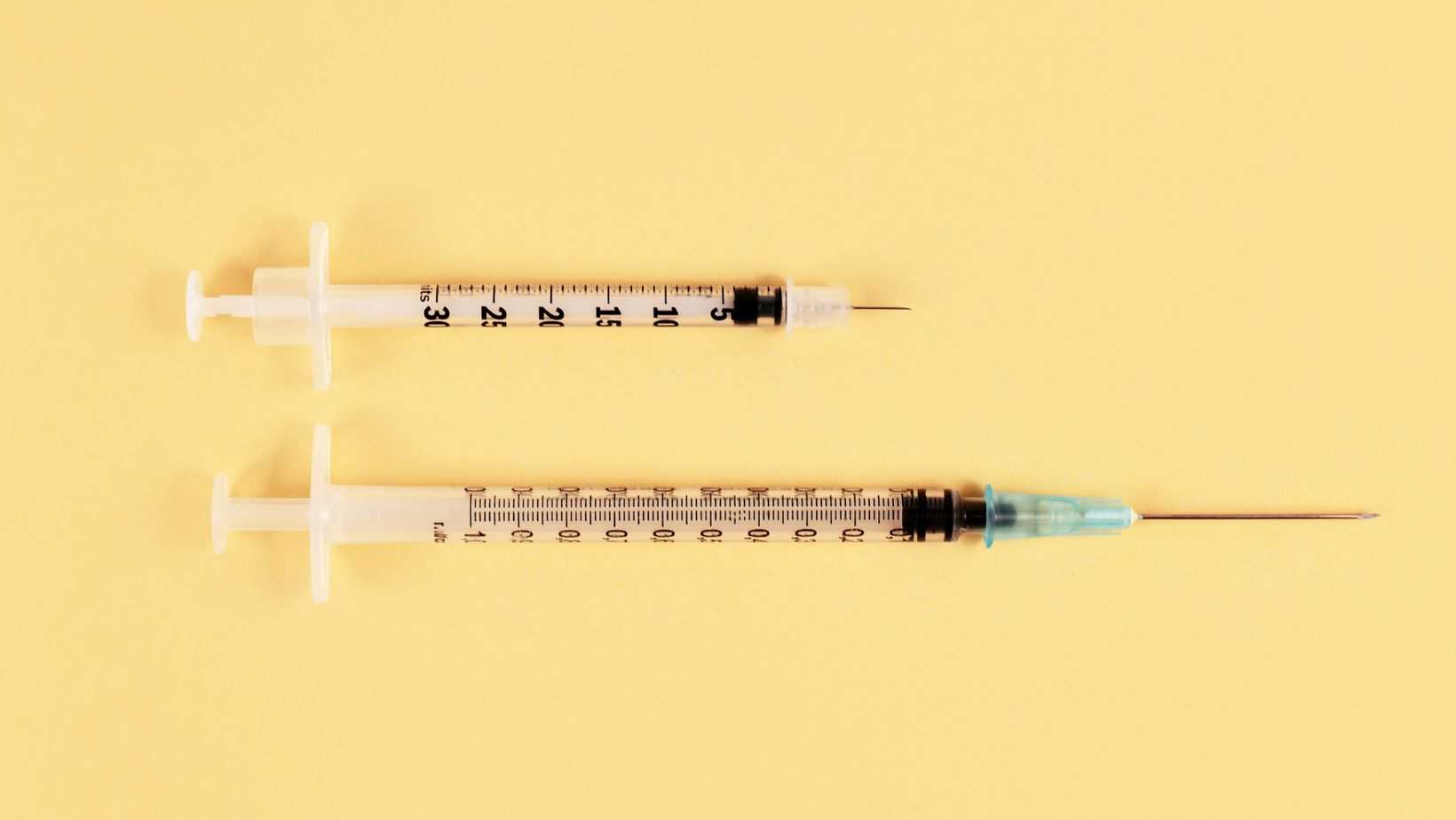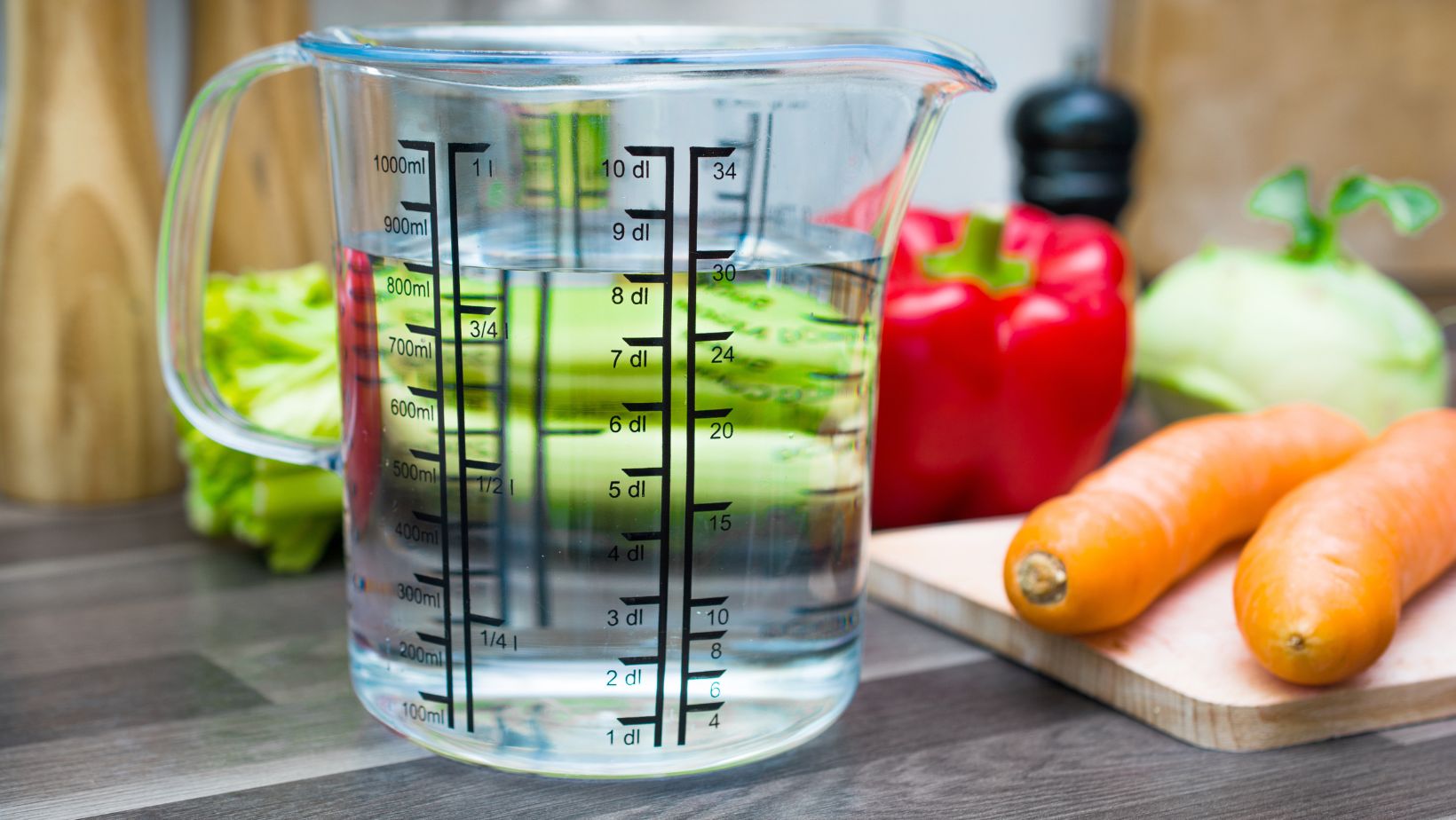How Many IUs In A ml – How To Calculate

How Many IUs In A ml
Calculating the number of International Units (IUs) in a millilitre (ml) can be a perplexing task for many. However, understanding this conversion is crucial, especially when dealing with medications or supplements that are measured in IUs. So, let’s dive into how to calculate how many IUs are in a ml.
To determine the number of IUs in a ml, you’ll need to know the specific conversion factor for the substance you’re working with. This factor varies depending on the substance because different substances have different potencies and concentrations.
Once you have identified the conversion factor, calculating becomes relatively straightforward. Simply multiply the number of millilitres by the conversion factor to get the corresponding number of International Units. It’s important to note that this calculation applies only if both units are measuring the same substance.
By understanding how to calculate IUs in a ml, you can ensure accurate dosages and measurements when working with medications or supplements. Remember to always consult medical professionals or refer to product labels for precise instructions on dosage and administration.
Understanding IUs and mLs
When it comes to understanding IUs (International Units) and mLs (millilitres), it’s important to grasp the relationship between these two measurements. Both IUs and mLs are commonly used in the medical field, particularly when discussing medications, vitamins, and supplements. Let’s dive into how to calculate the number of IUs in a mL.
- Conversion Factors: To convert between IUs and mLs, you need to know the specific conversion factor for the substance you are working with. Different substances have different conversion factors because their potency varies. For example, the conversion factor for Vitamin D may be different from that of insulin.
- Consult Product Information: The most accurate way to determine how many IUs are in a mL is by referring to the product information or label provided by the manufacturer. It should state both the concentration of the substance (in IU/mL) as well as any recommended dosage guidelines.
- Example Calculation: Let’s say you have a medication with a concentration of 1000 IU/mL. If you need to administer 5000 IUs of this medication, you would divide 5000 by 1000, resulting in 5 mL.
- Seeking Professional Advice: If you’re unsure about calculating IUs and mLs or if your calculations seem unusual, it’s always best to consult a healthcare professional such as a doctor or pharmacist who can provide guidance based on your specific situation.

Conversion Factors For IUs To mLs
When it comes to converting International Units (IUs) to millilitres (mLs), it’s important to understand the conversion factors involved. This knowledge can be particularly useful in various fields such as medicine, pharmacy, and nutrition, where accurate dosage calculations are essential. So, let’s dive into the details of how many IUs are in a mL and how you can calculate it.
-
Understanding IU Measurements:
International Units (IUs) are a common unit of measurement used for vitamins, hormones, vaccines, and other substances with biological activity. However, unlike mLs which measure volume directly, IUs measure potency or biological activity. This means that the conversion between IUs and mLs varies depending on the specific substance being measured.
-
Researching Conversion Factors:
To determine how many IUs are in a mL for a particular substance or medication, you’ll need to consult reliable sources such as medical guidelines or product labels. These sources often provide specific conversion factors that account for the potency of the substance in question.
-
Performing Calculations:
Once you have obtained the conversion factor for your specific substance or medication, calculating how many IUs are in a mL becomes straightforward. Simply multiply the number of IUs by the conversion factor to obtain the equivalent amount in mLs.
-
Example Calculation:
Let’s say you have a vitamin supplement that contains 5000 IU of vitamin D per serving and you want to know its equivalent volume in mLs using the provided conversion factor of 0.025 IU/mL.
Calculation: 5000 IU x 0.025 IU/mL = 125 mL
Therefore, there are approximately 125 mL in a serving containing 5000 IU of vitamin D based on this specific conversion factor.
Remember that these conversion factors may vary depending on different products or substances; always refer to reliable sources and consult healthcare professionals when in doubt.
In conclusion, understanding the conversion factors for IUs to mLs is crucial for accurate dosage calculations. By researching reliable sources and utilising specific conversion factors, you can confidently determine the equivalent volume in mLs for a given number of IUs. Keep in mind that these factors may differ depending on the substance being measured, so always double-check your sources for accurate information.




